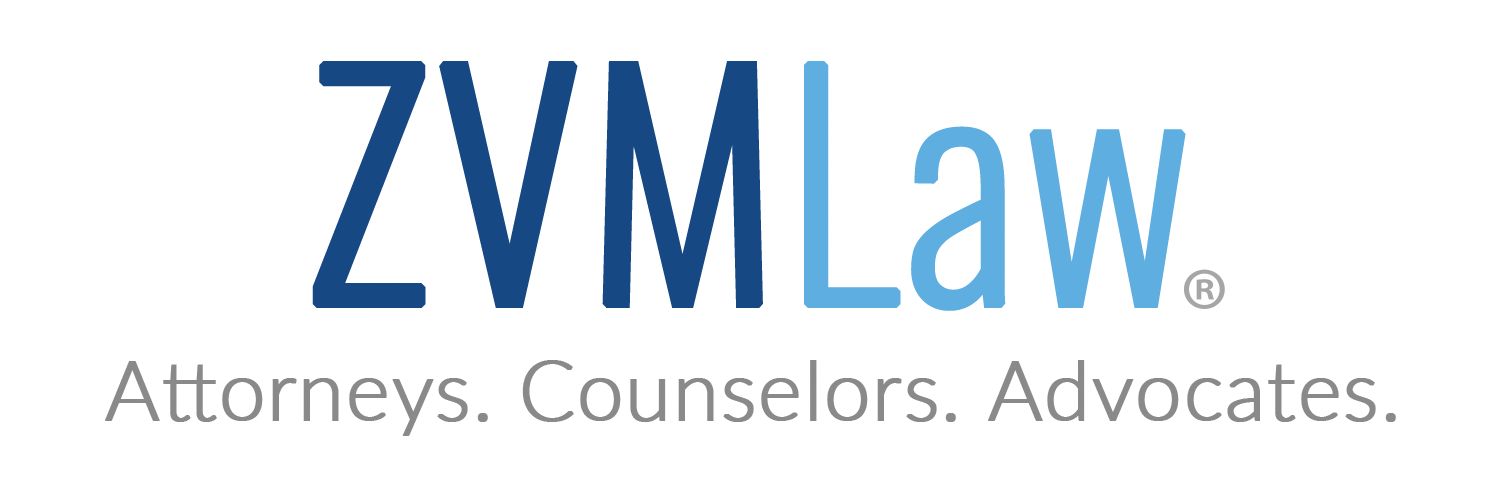Using DMCA Takedown Notices to Enforce Copyright Online
In the digital age, where copyrighted information and content are constantly being shared and consumed on the internet, one crucial mechanism for addressing copyright infringement is the DMCA takedown notice. This blog post explains how businesses and creators can use DMCA takedown notices to remove infringing content from the web.
What is a DMCA Takedown Notice?
The Digital Millennium Copyright Act (DMCA), which is a law that was enacted to protect copyrighted material from unauthorized use, creates a framework for resolving copyright disputes in the digital realm that aims to balance the rights of creators with the practicalities of doing business online.
A DMCA takedown notice is a part of this framework. The notice is a formal request to remove or disable access to content that allegedly infringes copyrighted material. A DMCA takedown notice is typically sent by a copyright holder to the website hosting the infringing content. The notice demands that the content be removed or disabled to comply with the DMCA's “safe harbor” provisions.
The DMCA Takedown Notice Process
The process for getting copyrighted material removed via a DMCA takedown notice usually involves the following steps:
Submission: The copyright holder submits a DMCA takedown notice to the internet service provider (“ISP”) or online platform hosting the infringing content. The takedown notice must include five specific elements: (1) description of the copyrighted work that has been infringed, including the location of the infringing material (e.g., a URL); (2) the contact information of the copyright holder or their authorized representative; (3) a declaration that the complainant believes in good faith that the content infringes the complainant’s copyright; (4) a statement under penalty of perjury that the information in the notice is accurate; and (5) a physical or electronic signature.
Review: The ISP or platform reviews the notice to ensure it meets the DMCA’s requirements. If it does, the host will usually act quickly to remove or disable access to the content.
Notification: The ISP or platform notifies the person or entity who uploaded the infringing content.
Counter-Notice: The person who uploaded the content can submit a counter-notice if they believe the content was wrongly removed. This counter-notice, which must also meet specific legal requirements, is then sent to the original complainant.
Resolution: If a counter-notice is filed, the original complainant has a certain period to respond. If they do not take further legal action, the content may be reinstated.
Pros and Cons of the DMCA Takedown Process
The main benefit of the DMCA takedown process is that it provides a way for copyright holders to enforce their rights and protect their work from unauthorized use while offering a legal shield—or a “safe harbor”—for ISPs and online platforms that protects them from liability for user-generated content as long as they act swiftly to address takedown notices. In other words, the DCMA takedown process establishes a clear process for resolving copyright disputes that balances the interests of both copyright holders and online content creators.
On the other hand, while the DMCA takedown process is a valuable tool, it has several potential pitfalls, including the fact that, while a DMCA takedown removes content from a specific location, it doesn’t prevent other infringers from reposting it elsewhere. Furthermore, a takedown notice does not determine whether the content actually infringes the copyright at issue but is just a preliminary step in addressing the potential infringement. Finally, the process has the potential for abuse as it can be abused by individuals seeking to remove content for reasons other than copyright infringement, though the above-mentioned counter-notice process can help protect against wrongful takedowns.
Conclusion
The DMCA takedown notice is a powerful tool for businesses to manage and enforce their copyrights in the digital age while offering protections for both copyright holders and online platforms. Understanding how the process works can help your company ensure that its IP rights are protected.
Our firm regularly advises clients on and litigates copyright issues, including strategies to protect and enforce their rights online. Feel free to contact us if we can be of help.

